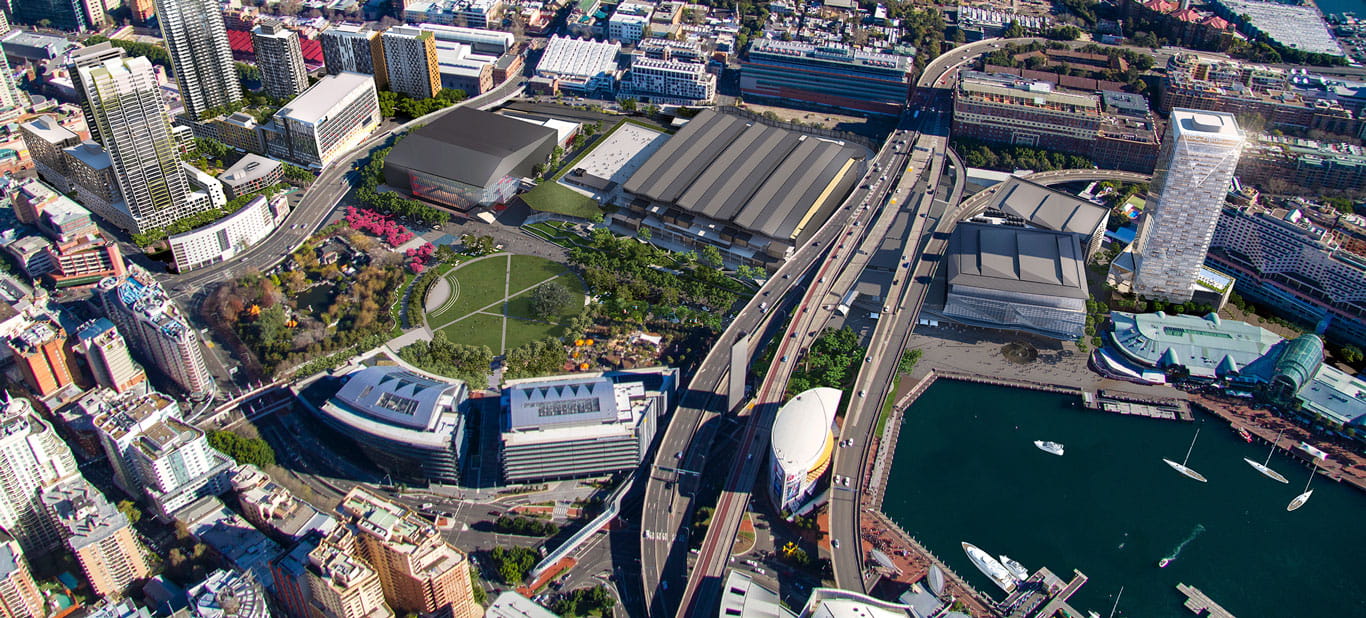The consortium is a single point of interface for Government, and the reduction of complexity of the contracting relationship also brings an underlying tension. This natural tension between the parties, largely brought about by different profit drivers, risk appetites, roles on the project and timeline of involvement, is one which Governments can capitalise on to ensure an optimal project outcome.
In a conventional PPP, where Government is the service provider or operator, the dynamic session within the consortium is largely played out between the Design and Construct contractor and the Maintenance or Facilities Management (FM) contractor. One is driven to build the infrastructure as expediently and as cheaply as possible, the other is driven to ensure that the construction is robust, and investment in the plant and equipment is high enough to ensure reduced maintenance and replacement over the contract term.
When the model introduces a Private Sector Operator or Service Provider (instead of Government doing this role) into the mix, a whole new dynamic within the consortium is created. The abovementioned dynamic is expanded by the need for the facility to deliver the operational and service output in the most efficient, business-compliant and profitable manner – introducing a three-way level of balance for project success.
The further impact and consideration around the consortium dynamic is time. The Maintenance/FM contractor and the Operator (when the PPP includes this service provision), have the longest involvement in the project and are exposed to the risk of performance over a 20-30 year period. These are the key members of the consortium who are responsible for delivering the bulk of the “partnership” component of the PPP, and are the most focused on mitigating and minimising risks and costs into the longer term.
From a Government’s perspective, the different value drivers between the consortium members are not always visible and are often contained within the in-house consortium discussions. They should be addressed by Government as they can be used to ensure the best outcome of a project, especially if a requirement is introduced for the Maintenance/FM and the Operator to formally approve and sign-up to the design as part of the procurement and contract close process.
The PPP model offers more than access to private market finance - it embodies the ability to drive optimised project outcomes. It does this by forcing a balance between the competing aspirations and drivers of the key consortium members, thus leveraging the best that the private sector has to offer in a contested and levelled manner. Ultimately, this enhances the end-product, service delivery, maintenance and value for money to the taxpayer.




